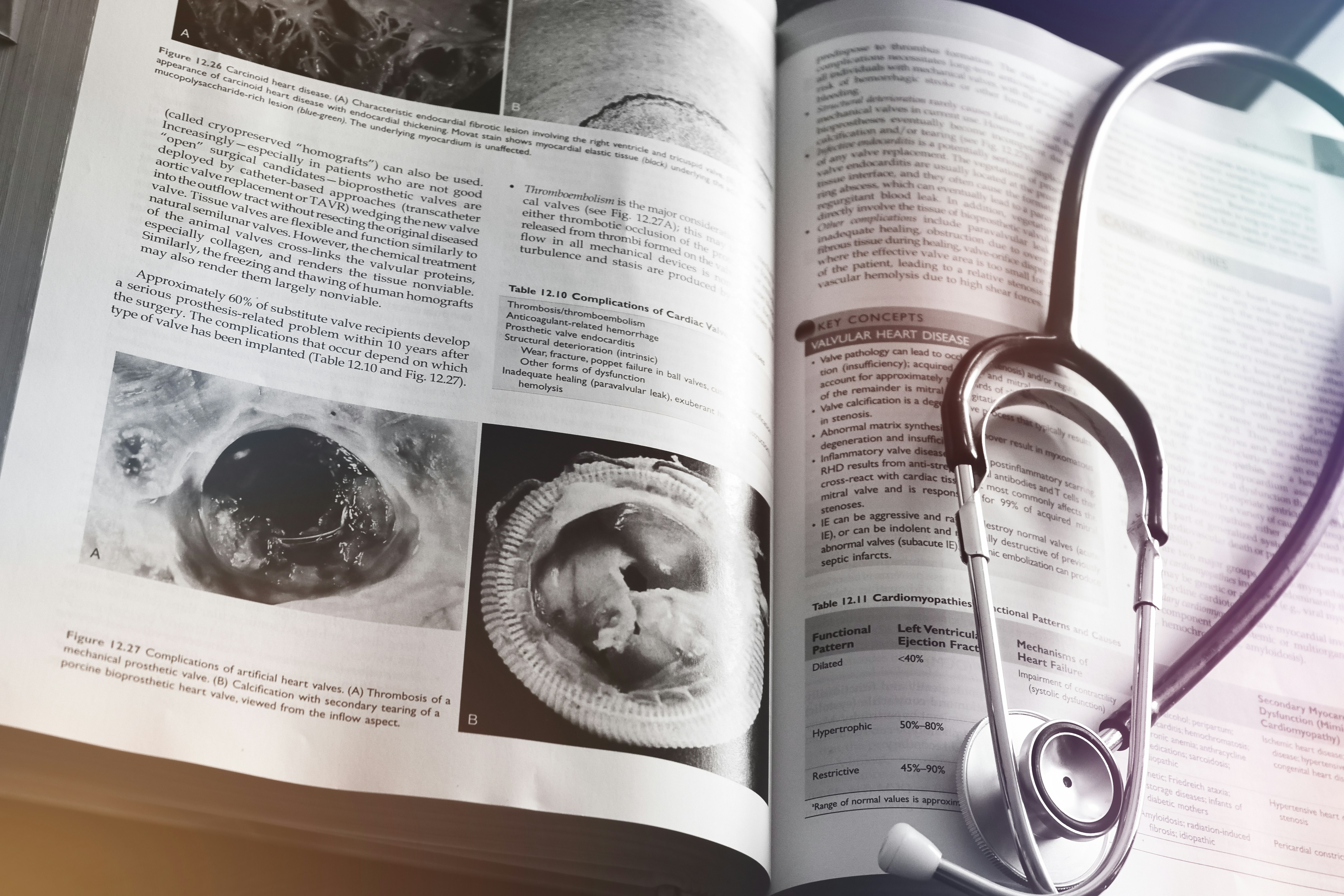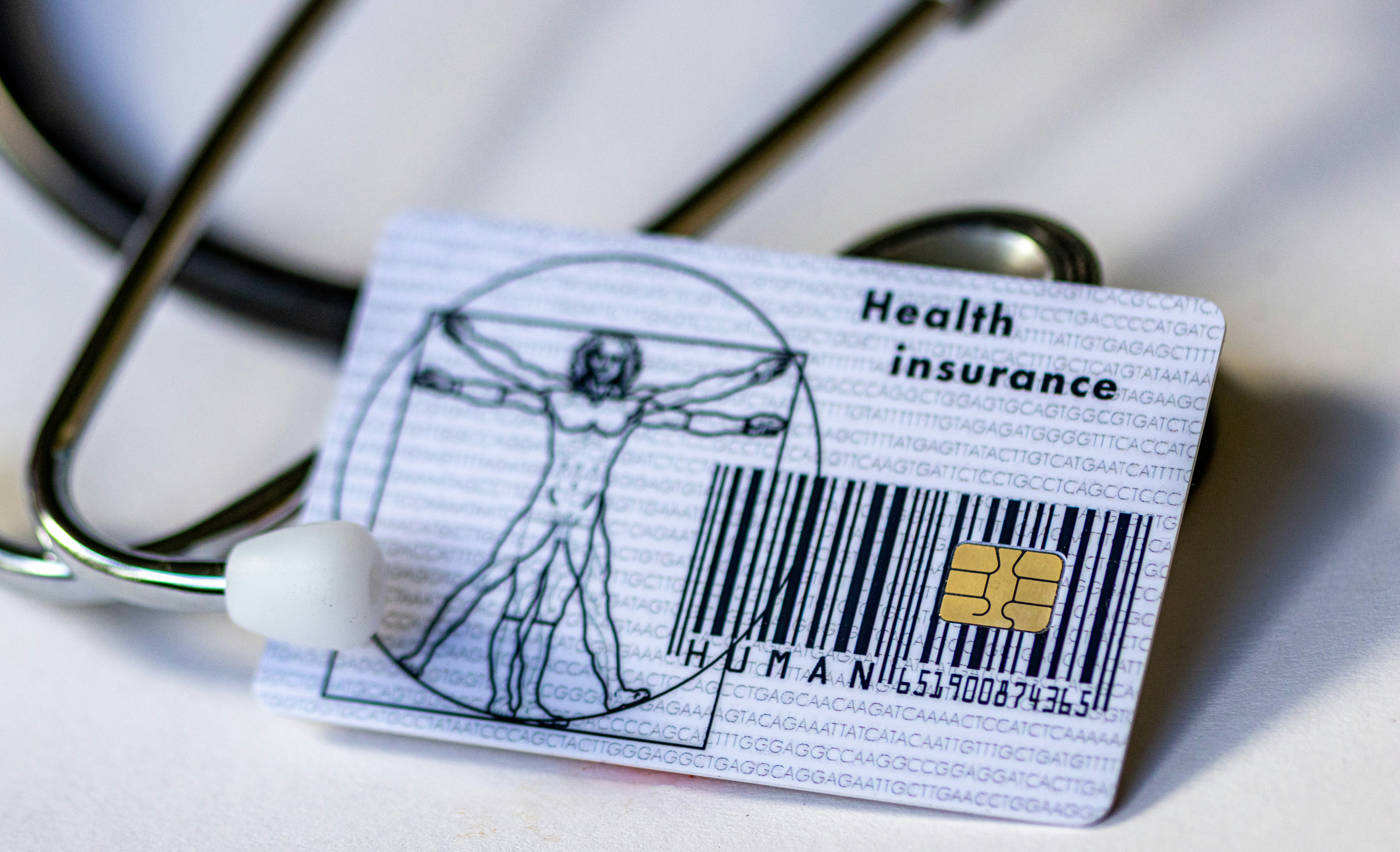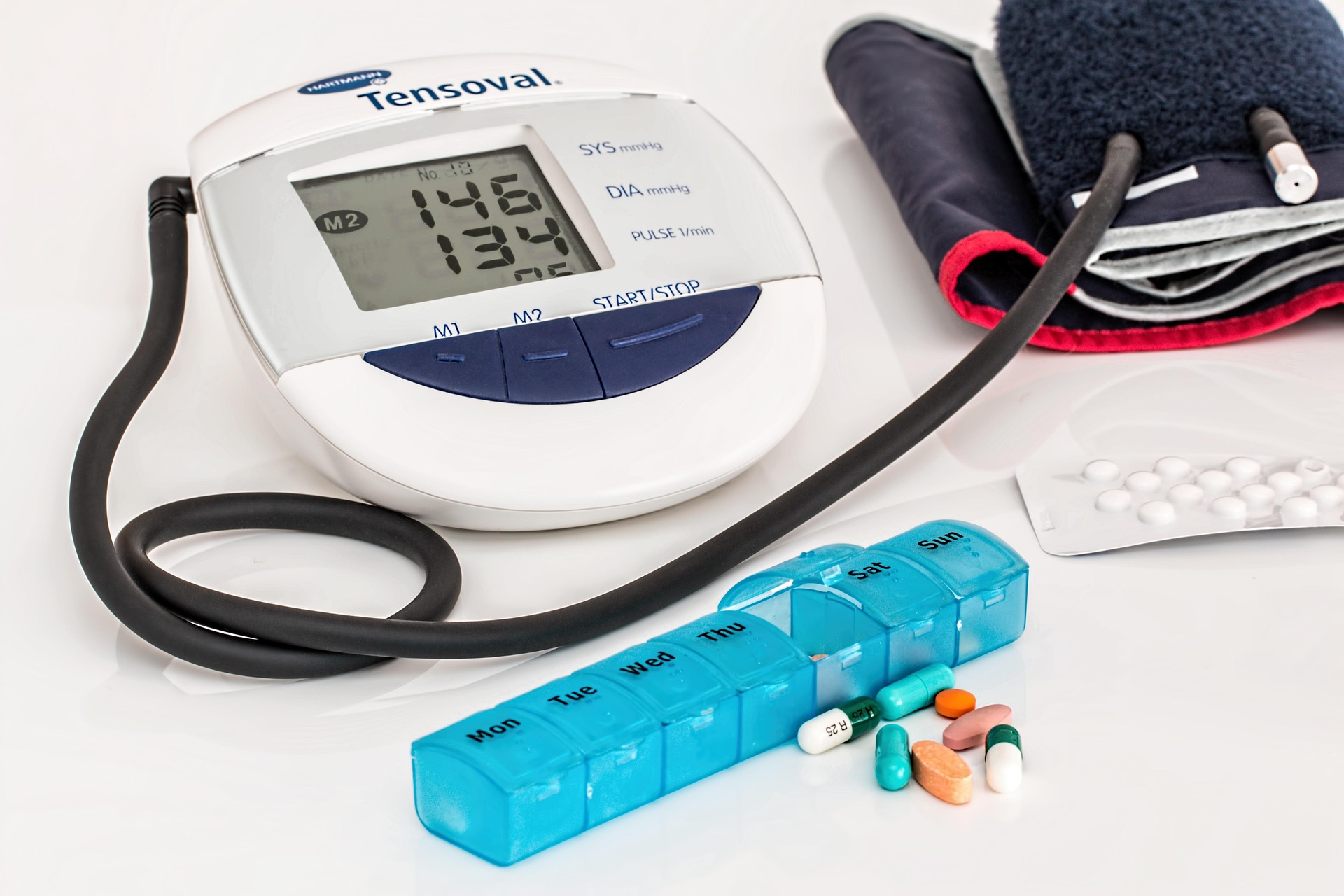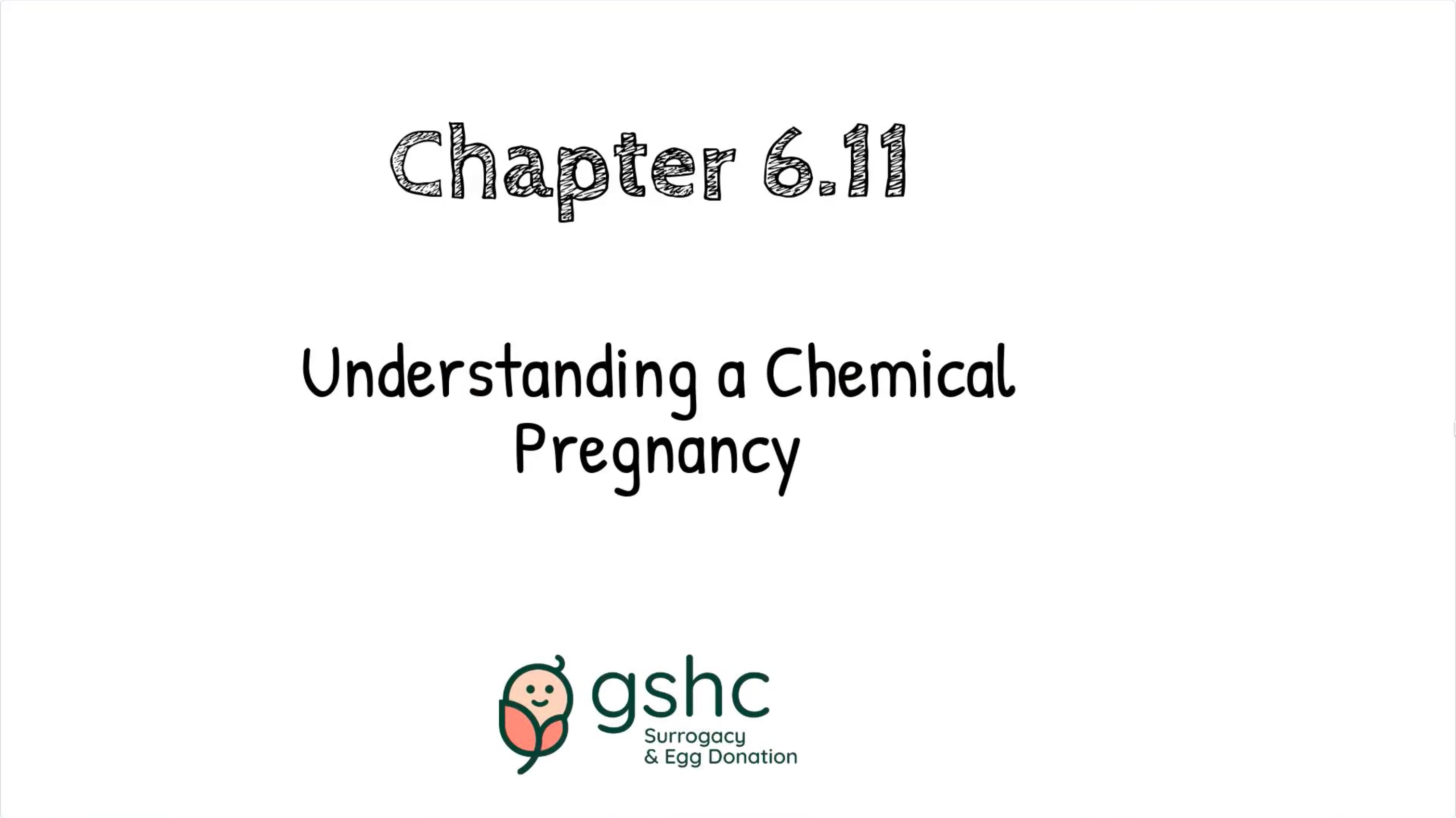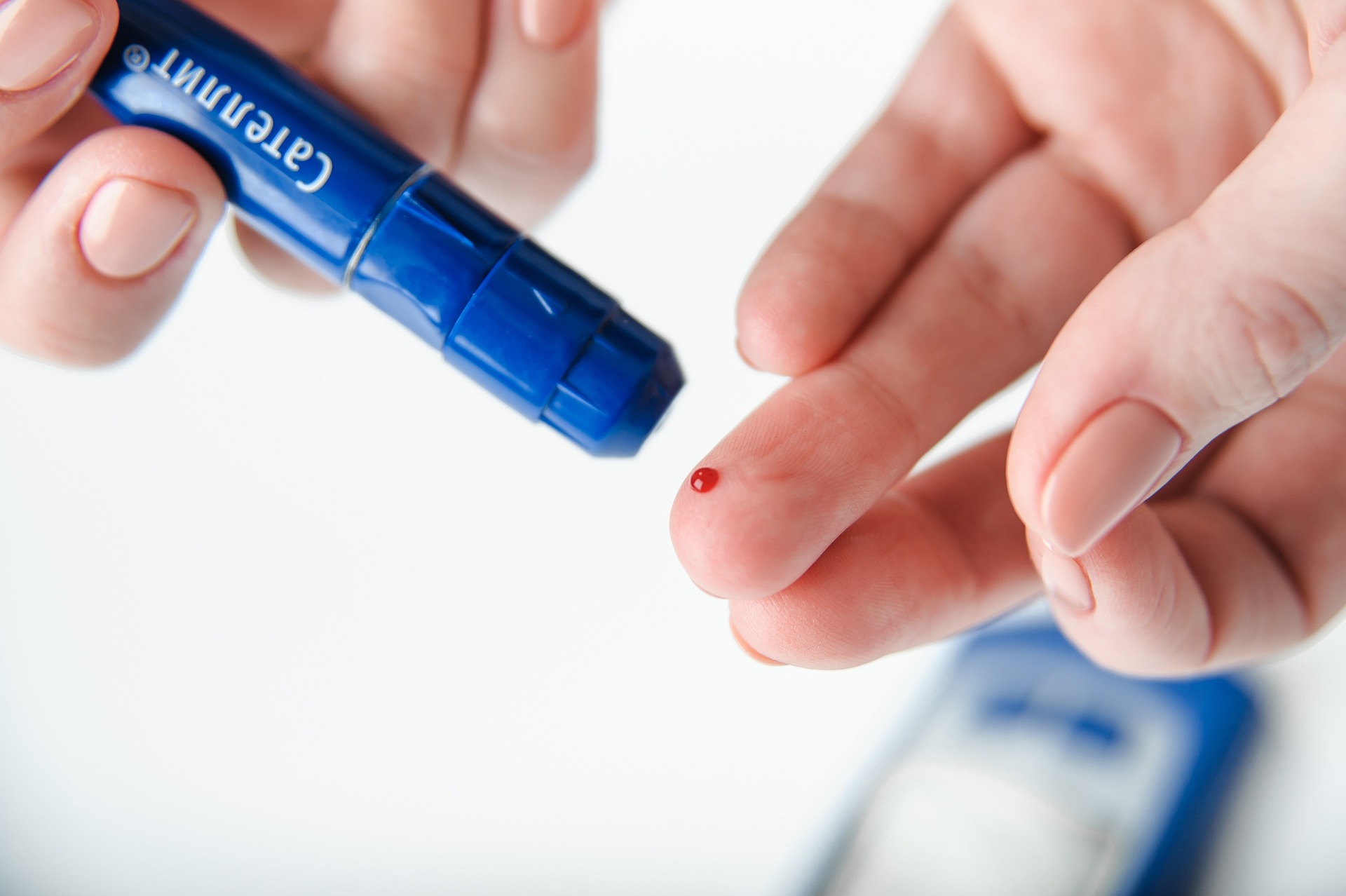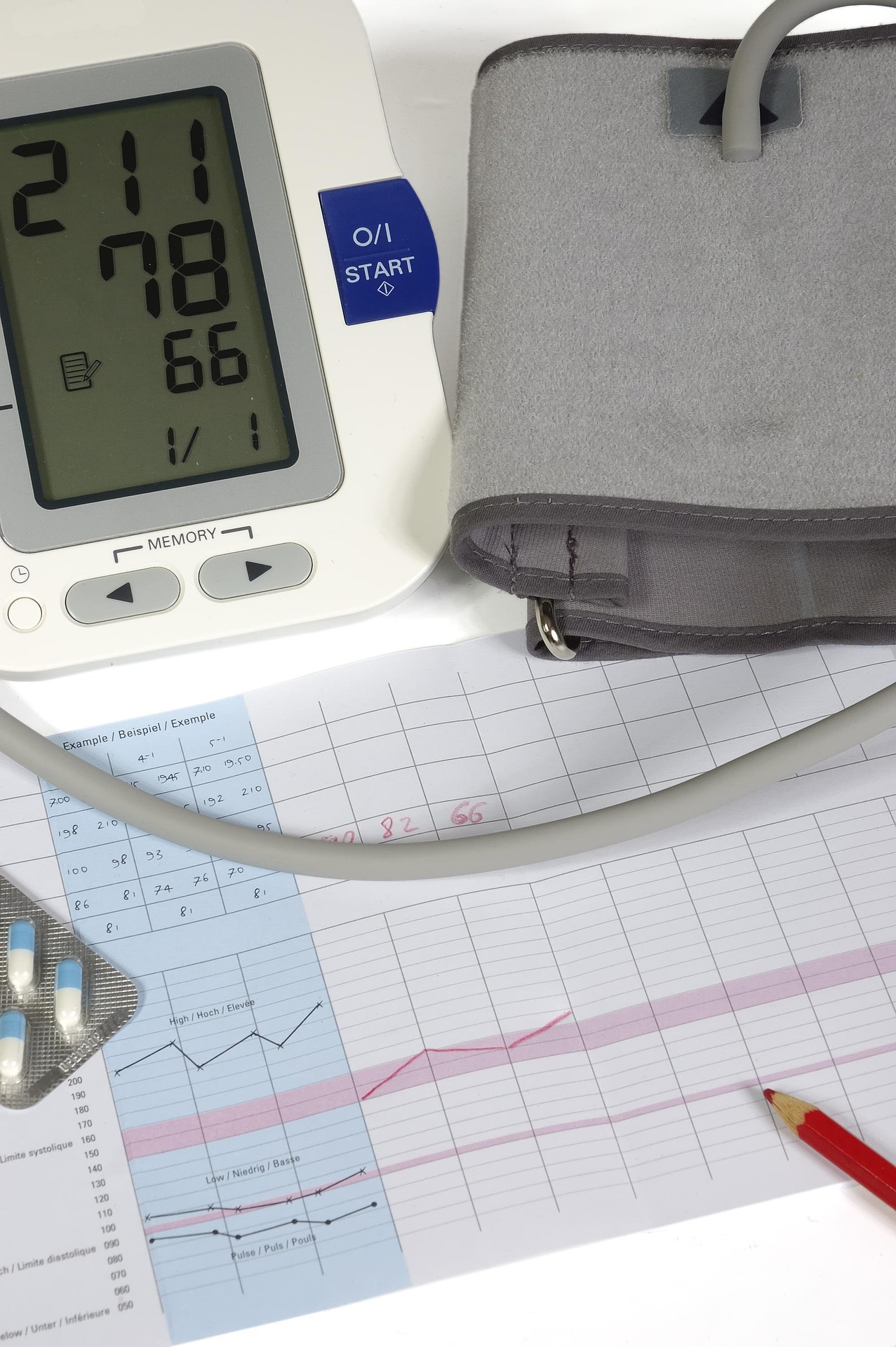- Is Surrogacy Right for Me?
- Chapter 1 Overview
- 1.1 Why Do Women Choose to Become Surrogate Mothers?
- 1.2 Understanding the Impact of Surrogacy
- 1.3 8 Common Misconceptions About Surrogacy
- 1.4 How to Become a Surrogate Mother with GSHC Surrogacy Agency
- 1.5 How to Wisely Use Your Surrogacy Compensation: Smart Financial Planning for Surrogate Mothers
- The Intake Process – Getting Started
- Chapter 3 Overview
- 3.1 Understanding Surrogacy Requirements: Who Decides and Why It Matters
- 3.2 From Application to Acceptance: Understanding GSHC’s Surrogate Onboarding
- 3.3 Medical History & Records: A Critical Part of Surrogacy Qualification
- 3.4 Why Do Surrogate Mothers and Their Partners Need a Background Check?
- 3.5 Why Partner Support Is Required for Surrogacy
- 3.6 A Clear Guide to Surrogate Compensation at GSHC
- 3.7 How GSHC Protects Surrogate Mothers’ Privacy
- 3.8 Who Should NOT Apply to Become a Surrogate
- 3.9 Medical Insurance for Surrogate Mothers: Understanding Coverage During Surrogacy
- The Matching Process – Finding the Right Intended Parents
- Chapter 4 Overview
- 4.1 10 Essential Questions Surrogate Mothers Should Ask Before Matching with Intended Parents
- 4.2 GSHC Surrogacy Matching Process: Ensuring the Right Fit
- 4.3 Medical & Psychological Evaluation Before Surrogacy Screening
- 4.4 How to Prepare for a Match Meeting with Intended Parents
- 4.5 What Happens After You Say “Yes” to a Match?
- Medical Screening
- Chapter 5 Overview
- 5.1 Your Guide to Medical Screening for Surrogacy with GSHC
- 5.2 Managing Birth Control Before Surrogacy: A Guide for Future Surrogate Mothers
- Why is BMI important to Surrogates?
- Why is Sonohysterography Required for Surrogates?
- What If Polyps Are Found During Your Medical Screening?
- Thyroid Health and Surrogacy: Why It Matters for a Healthy Pregnancy
- Vaccinations and Surrogacy: What Surrogates Need to Know
- Pap Smear and Surrogacy: What You Need to Know
- Hysterosalpingogram (HSG) in Surrogacy: When and Why It May Be Required
- Hysteroscopy in Surrogacy: When and Why It May Be Recommended
- Medical Screening for the Surrogate Mother’s Partner | Requirements & Importance
- Understanding Thin Uterine Lining When Starting Your Surrogacy Journey
- Hemoglobin A1c (HbA1c) Glucose Testing in Surrogate Medical Screening
- 5.4 Comprehensive Psychological Evaluation in Surrogacy: A Guide for Surrogate Mothers and Their Partners
- 5.5 Maternal-Fetal Medicine (MFM) in Surrogacy: What It Is and When It’s Needed
- 5.6 Breastfeeding & Surrogacy: Essential Guidelines for Prospective Surrogate Mothers
- The Embryo Transfer Process
- Chapter 6 Overview
- 6.1 Understanding Embryo Creation in Surrogacy
- 6.2 Embryo Transfer Process for Surrogate Mothers: Medication, Travel, and Planning for a Successful Transfer
- 6.3 Understanding the FET Calendar for Surrogates
- 6.4 The Role of Outside Monitoring in the Surrogacy Process
- 6.5 Your Embryo Transfer Trip: Preparing for a Safe and Stress-Free Experience
- 6.6 The Embryo Transfer Procedure – A Moment of Excitement and Anticipation
- 6.7 Do Surrogates Need Bed Rest After Embryo Transfer?
- 6.8 Post-Transfer Monitoring & Pregnancy Confirmation
- 6.9 Bleeding After Transfer: What It Means and What to Do
- 6.10 Understanding Chemical Pregnancy After Frozen Embryo Transfer in Surrogacy
- 6.11 Handling a Failed Embryo Transfer or Miscarriage: Compassion, Support & Next Steps
- 6.12 Embryo Splitting in Surrogacy: A Rare but Exciting Possibility
- 6.13 Two-Embryo Transfer in Surrogacy: Key Considerations for Intended Parents & Surrogates
- 6.14 Transitioning from IVF Clinic to OB-GYN Care in Surrogacy
- Pregnancy and Surrogacy Support
- Chapter 7 Overview
- 7.1 Surrogacy Pregnancy Timeline: From Embryo Transfer to Delivery
- 7.2 Why OB Appointments Matter in Surrogacy
- 7.3 Why OB Summaries Are Essential for Surrogacy & How to Get Them After Each Visit
- 7.4 Medical Insurance in Surrogacy Pregnancy
- 7.5 NIPT Testing During a Surrogacy Pregnancy
- 7.6 Anatomy Scan (18–22 Weeks): A Critical Milestone in Every Surrogacy Journey
- 7.7 Understanding the Impact of Gestational Diabetes on Surrogacy
- 7.8 Blood Pressure During Surrogacy Pregnancy
- 7.9 Alcohol & Surrogacy: Why It’s Strictly Prohibited
- 7.10 Drug Use & Surrogacy: A Continued Commitment to a Safe Pregnancy
- 7.11 Hair & Nail Treatments During Surrogacy: Why Caution Is Essential & How to Stay Safe
- 7.12 Why Surrogates Must Disclose Relationship Changes During the Surrogacy Journey
- 7.13 Prenatal Vitamins – A Must for Surrogate Mothers
- 7.14 Emotional Support for Surrogates: A Safe Space to Be Heard
- 7.15 4D Ultrasound in Surrogacy Pregnancy
- The Legal Side – Parental Rights & Birth Certificate
- Escrow Account and your compensation
- Chapter 9 Overview
- 9.1 What Is a Surrogacy Escrow Account — and Why It Matters
- 9.2 How Escrow Is Funded — And What That Means for You
- 9.3 How Surrogates Get Paid — Milestones, Reimbursements, and Timing
- 9.4 How to Access Your Escrow Account and Monitor Payments
- 9.5 Final Payments and Escrow Closure — What to Expect After Delivery
- 9.6 How GSHC Supports Your Financial Journey from Start to Finish
- Delivery & Post-Birth Experience
- Chapter 10 Overview
- 10.1 Preparing for Surrogacy Delivery
- 10.2 What to Expect During and After a Surrogacy Delivery
- 10.3 Emotions After Delivery: A Surrogate’s Experience
- 10.4 Healing After Delivery: A Gentle Guide for Surrogate Mamas
- 10.5 After Delivery: Final Financial Responsibilities for Surrogate Mothers
- 10.6 You Did It, Mama — A Powerful Close to Your Surrogacy Journey
GSHC Surrogacy School is in session! Read our in-house guide on the ins-and-outs of the journey.
GSHC Surrogacy School is in session!
Read our in-house guide.












